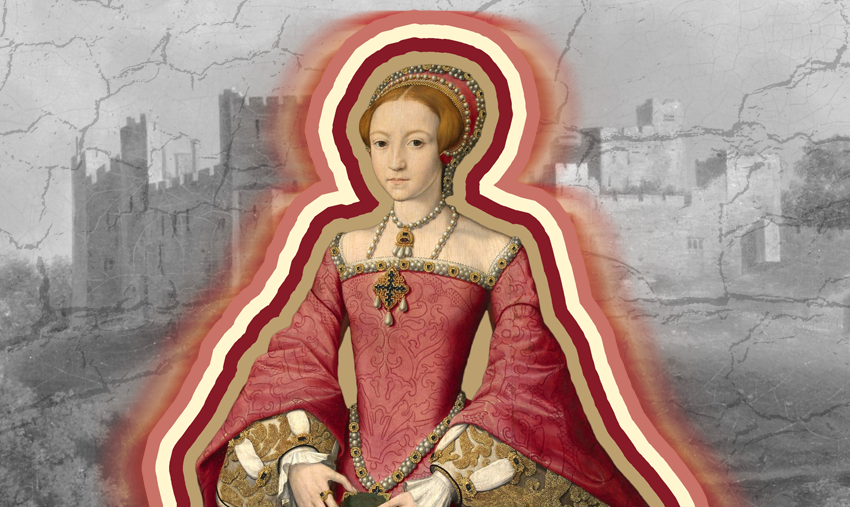Yas Queen
The life of Elizabeth I, in five symbols

Today marks 465 years since the “Virgin Queen,” Elizabeth I, ascended to the throne in 1558. Called Accession Day, the date was a national holiday in England and Wales for some 300 years after her death. Even today, there are myriad TV shows, movies, and books coming out all the time (Goodreads lists 426 books – about 1.014 for each year since she died).
That’s all because Elizabeth was a formidable queen – both as the sovereign and as a “queen” in the Gen Z “fierce” way. Intelligent and determined, she ruled over one of the most glorious eras in English history. And she did it as a woman in a male-dominated world – a motherless one, at that. To outline her life and reign, it’s helpful to look at some of the places and objects associated with her, so let’s roll back the tape.
The Tower of London
The tower is a powerful symbol for Queen Elizabeth I for three reasons:
- It was the place where her father, Henry VIII, had Anne Boleyn beheaded in 1536, leaving a now-motherless Elizabeth with an unsettled future.
- She did a stretch there herself: In 1554, her half-sister “Bloody Mary” locked her up, thanks to the era’s sectarian religious drama – Elizabeth eventually established the (Protestant) Church of England.
- As queen, Elizabeth herself ordered many people imprisoned in the tower. Rulers gonna rule!
Stacks of Books
Like her 20th-century namesake, Elizabeth wasn’t supposed to rise to become queen. While the crown was passed from her father to her brother, to her sister, Elizabeth was intently focused on her studies. She learned to speak seven languages; and studied everything from calligraphy and music to politics and public speaking. That last one paid off especially well: Her 1588 speech to the troops at Tilbury during the Spanish Armada battle is still known as a defining moment in British history.
The Rose
Even if she had a rocky relationship with her dad, Elizabeth was a proud member of the Tudor family. The red-and-white Tudor rose was made by combining the emblems of Houses Stark and Lannister York and Lancaster, which were brought together with the marriage of her grandparents, Henry VII and Elizabeth of York. The Tudor rose is seen in many of Elizabeth I’s portraits, in jewelry, in the fabric of her dresses, as well as embedded into the walls and décor of her palaces.
Elizabeth I was the last Tudor monarch (spoiler alert for the next section), but you can still see the Tudor rose emblem on and in many buildings all across England. It even grows out of the ground where the Unicorn and the Lion stand in the United Kingdom’s Royal Coat of Arms.
A Strand of Pearls
It was no secret that Elizabeth liked to show some bling and some finery – at her death, she owned more than 2,000 dresses – but she specifically wears pearls in most of her portraits. Famously known as “The Virgin Queen,” the pearls represent the unmarried monarch’s chastity, by connecting her to the Greek goddess of the moon, Cynthia, who was – you guessed it – a virgin. In the late 1580s, writer/adventurer Sir Walter Raleigh even wrote a poem comparing the two, called “The Ocean’s Love to Cynthia.”
Ships, Ships, and More Ships
During Elizabeth’s reign, English ships explored the world and built up a powerful navy. The long voyages brought back furs, silk, wine, tea, and spices, all made possible by the development of the compass; lighter, faster ships; and… you know, guns.
The Spanish Armada battle, one of the biggest wins of her reign, was definitely a (very exotic) feather in her crown. The ships practically upstage her in the famous Armada portrait—the English ones on calm waters, the Spanish nearly succumbing to storm waves, and Elizabeth in the middle, fondling Virginia on a globe (you’d think we could stop talking about her virginity, but sure enough the American colony was named for it).
